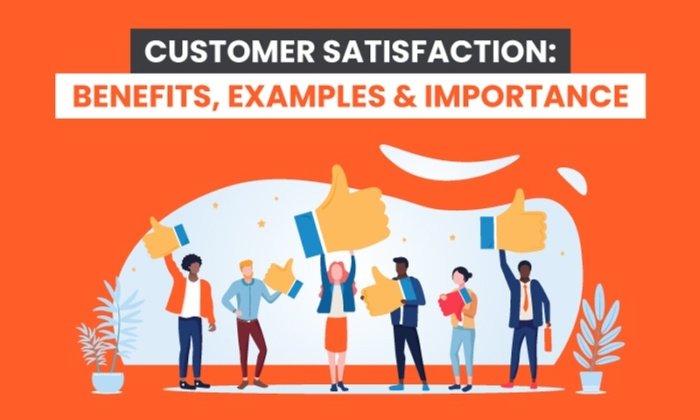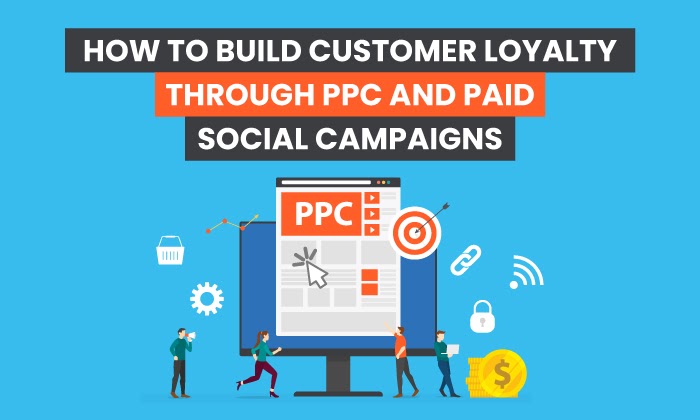Customer data can help brands boost loyalty and brand revenue
By Acquia
By Karen Wood, senior director, product marketing, Acquia
Trust, reliability and making good on brand promises have always been the cornerstones of customer loyalty. Brands that offer a frictionless, flexible customer experience (CX), one that empowers consumers to get the products, services or answers they need, are rewarded by customers returning for more.
But what happens to loyalty when a brand isn’t able to deliver what customers need? That’s a question many businesses explored in 2020, a truly unprecedented year. Everything from new shopping venues to supply shortages pushed consumers to try new things.
McKinsey reports that 75 percent of U.S. consumers tried a new store, brand or way of shopping during the pandemic and 24 percent of consumer respondents to Acquia’s global CX trends survey shopped and purchased from more brands than they have in the past.
Clearly, experimentation and adaptability helped smart brands to adapt and deliver. In many cases, these brands turned to their customer data as a way to boost both loyalty and revenue, and with good reason. Unlike data in silos, a comprehensive, 360-degree view of customers based on data from all relevant sources means that brands are able to reduce churn while driving higher levels of retention and loyalty, increasing both customer lifetime value and profitability.
Taking a closer look at how three brands used customer data to adapt and overcome, their decisions put a spotlight on tactics for reducing cart abandonment, making smarter discounting decisions and more.
Personalized follow-up converts abandoners
UK home improvement and garden retailer Wickes used customer data to help turn abandoners into buyers. The brand wanted to increase engagement and conversions by delivering more relevant email campaigns. But prior to investing in a customer data platform (CDP), Wickes had a one-size-fits-all approach when messaging customers who had abandoned their carts or dropped off in the middle of a browsing session.
Using their CDP, Wickes first took a look at its onsite search data, mapping the top 1,000 search terms to product categories before using their webtag to capture customers’ online interactions. Finally, they created personalized emails that targeted the abandoners with messaging and creative associated with the specific category in which the customer appeared to be interested. The results? Wickes realized a 108 percent increase in open rates compared to generic email messages, a 116 percent increase in clicks and a whopping 275 percent increase in conversions.
Fine-tuning discount strategies increases margins
Online sporting goods retailer Moosejaw wanted to improve margins without jeopardizing customer loyalty and realized that fine-tuning their discount strategies was key to boosting customer spend and campaign ROI. But prior to using a CDP, Moosejaw relied on batch-and-blast discounts, meaning that customers came to expect discounts, rendering the brand’s price cuts less effective.
Using their CDP, Moosejaw segmented buyers based on likelihood to buy (LTB), giving customers with a high LTB no discount. Groups of customers with a medium-high LTB got a small discount of 5–15 percent off, those with medium LTBs received discounts of 15–25 percent and those with very low LTBs …read more
Source:: Digiday








